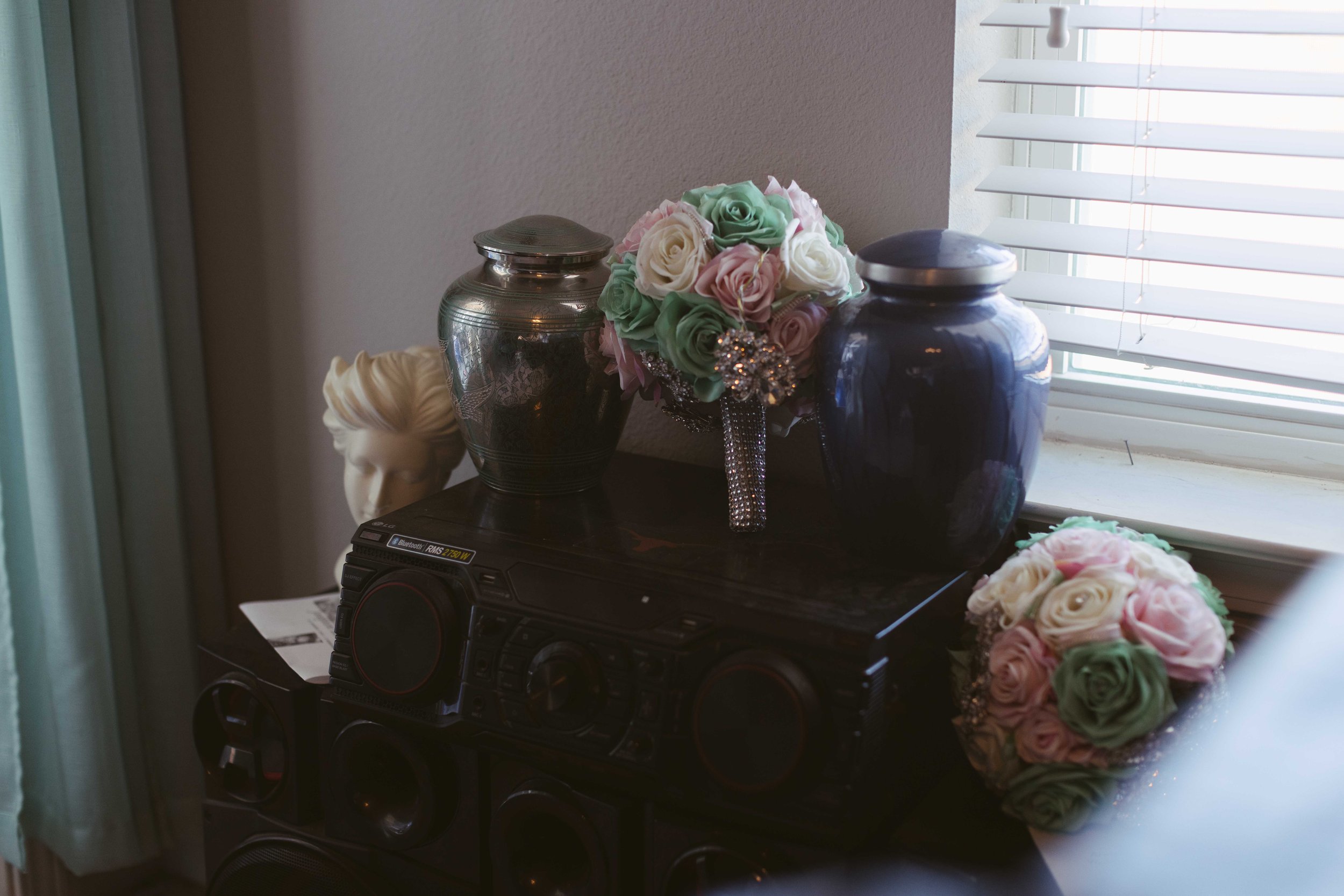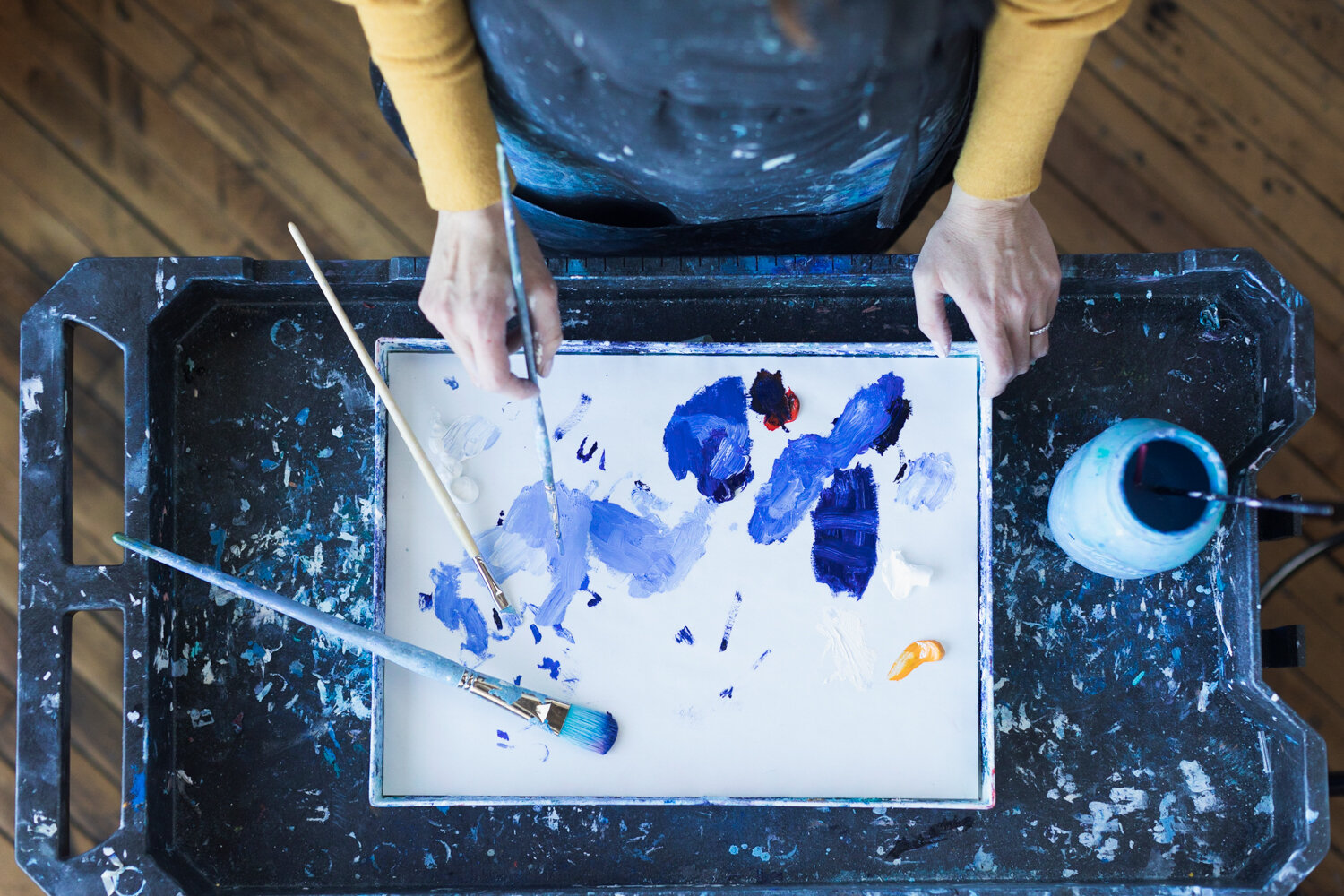Most people in San Luis can trace their roots back to the mid-19th century, when the valley was part of Mexico. But as in much of the rural U.S., the valley’s economy — and consequently its landscape — has undergone radical changes over the past century. In the 1960s, the mountain where people had hunted and fished for more than a century was purchased by a private owner, who cut off all local access. Many residents shifted from polyculture vegetable farming to monocrop agriculture and cattle ranching. Soil health suffered, and as people ate less homegrown produce and more processed food, Type 2 diabetes, once a rare complaint here, became common.
The effects of privatization and industrialization are an old story in the rural West. Here, however, residents still remember how their grandparents — even their great-great-great-grandparents — used to farm this land and how they used to eat. By helping to revive and strengthen local traditions, Peña hopes to help conserve not just the land itself but the ways in which residents relate to the land and to each other. “I want to reawaken that cultural memory,” he said.
Story by the wonderful Marissa Ortega-Welch
Photo Editor Bear Guerra
Full story published in High Country News
































































